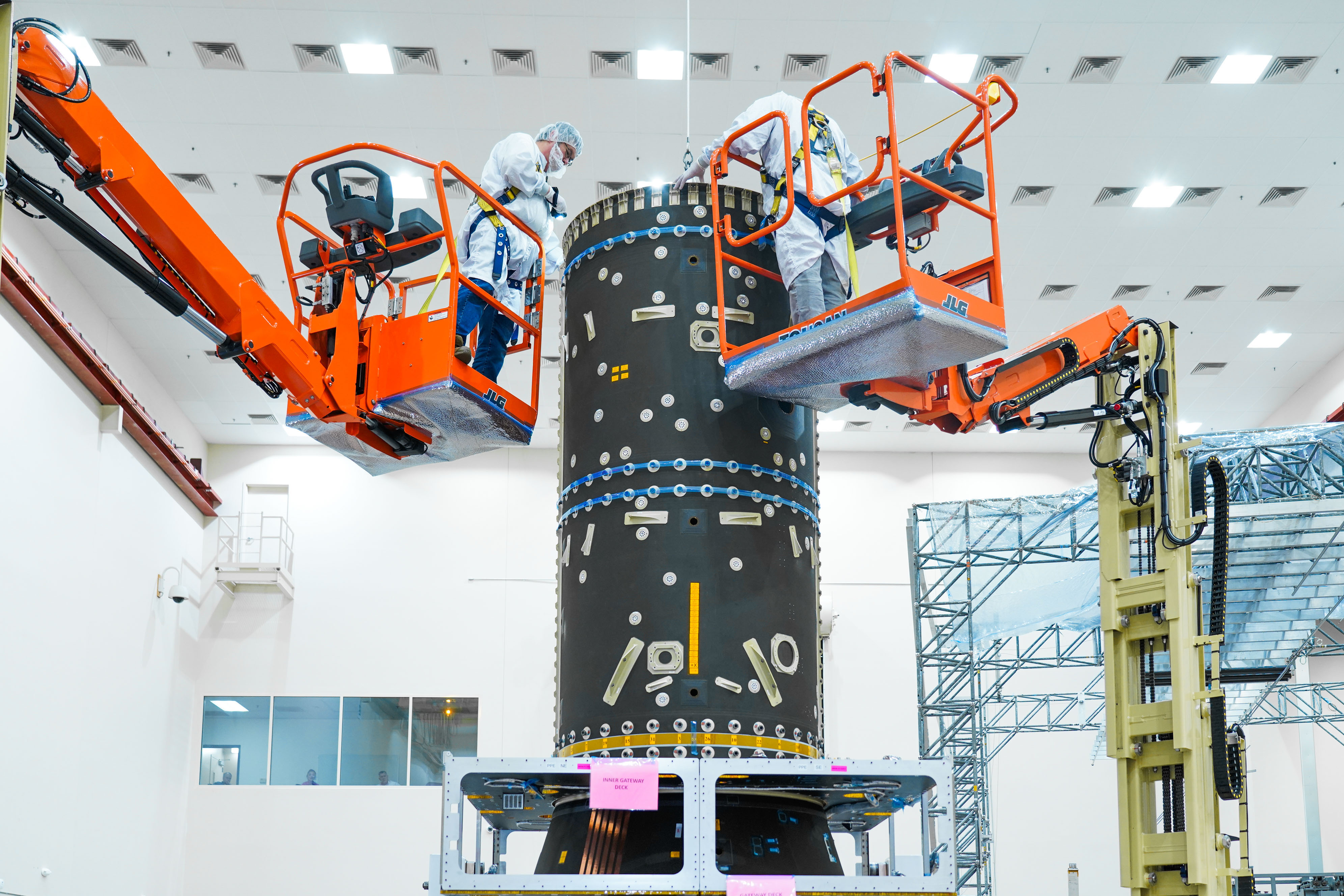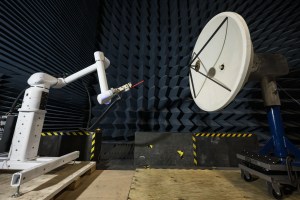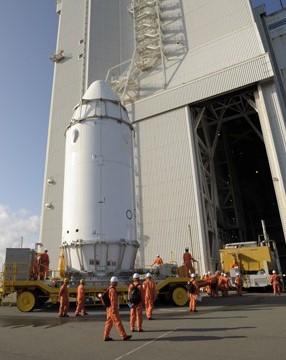Gateway: Energizing Exploration
Discover the cutting-edge technology powering Gateway, humanity's first lunar space station.

Technicians work diligently to assemble a key power element of Gateway, the lunar space station that will become the most powerful solar electric spacecraft ever flown.
Gateway’s Power and Propulsion Element will use the largest roll-out solar arrays ever built – together about the size of an American football field endzone – to harness the Sun’s energy for deep space exploration. The module is built by Maxar Space Systems in Palo Alto, California, and managed at NASA’s Glenn Research Center in Cleveland. That includes energizing xenon gas to produce the thrust needed to send Gateway from Earth to lunar orbit and keep it there for the Artemis IV, V, and VI missions. On those missions and beyond, international teams of astronauts will expand Gateway with additional living and working space, and will journey to the lunar South Pole region from Gateway.
The Power and Propulsion Element will power Gateway’s subsystems and enable telecommunications between the lunar surface, the space station, Earth, and back again. Building on technology advancements from past successful electric propulsion missions like Psyche and DART (Double Asteroid Redirection Test), the module will help NASA expand the boundaries of what’s possible in deep space.
NASA and its international partners will explore the scientific mysteries of deep space with Gateway, humanity’s first space station around the Moon. The international teams of astronauts living and conducting science on Gateway will be the first humans to make their home in deep space.
Share
Details
Related Terms
What's Your Reaction?



















.jpg?#)







































